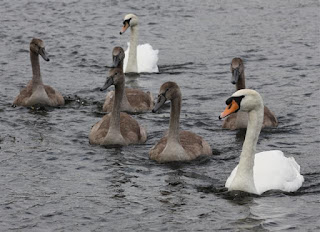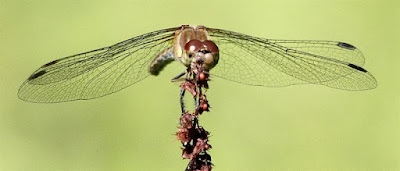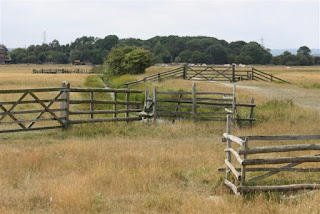Mallard is the most commonest duck and therefore often not observed that closely especially when there is plenty of other avian species to watch. After my encounter with the Mute Swans at Stoke Lake, with little else happening, I decided to stop at the picnic bench and partake of a little snack. Well with a sandwich in one hand and the camera close to hand it didn't take long before the local inhabitants crossed the water to check out if I had any 'handouts'. At this time of year the Mallards are in their 'eclipse' plumage and whilst it might not be that colourful I decided to take a few snaps.




























 From the creek I looked back onto the flood pool and whilst battling the strong wind I located these few Black-tailed Godwits sleeping and feeding.
From the creek I looked back onto the flood pool and whilst battling the strong wind I located these few Black-tailed Godwits sleeping and feeding.











.JPG)















